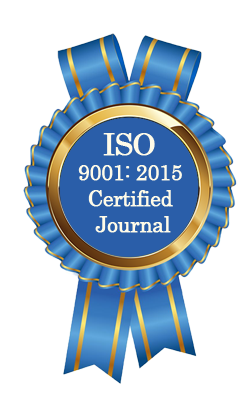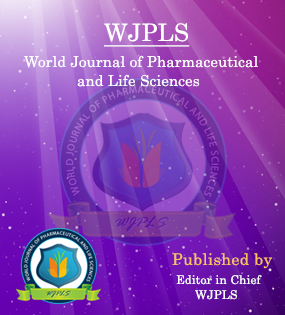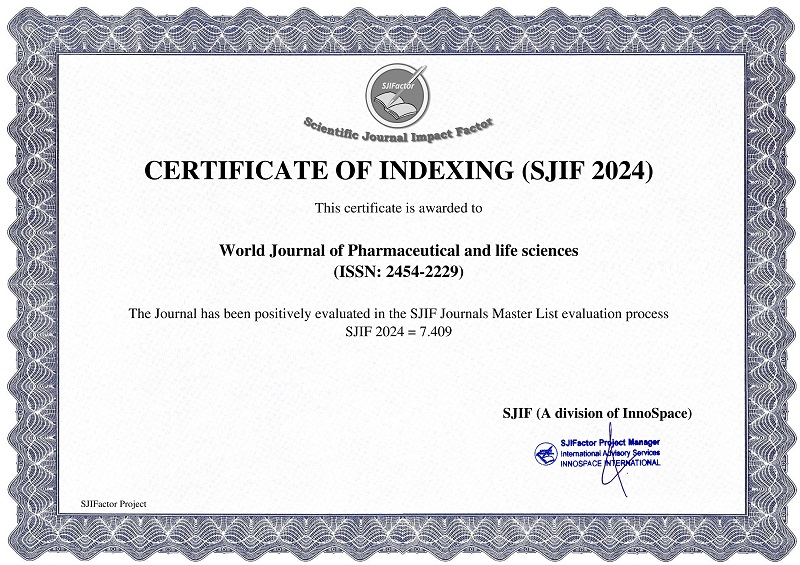Abstract
COMPARATIVE ANALYSIS OF HILLSIDE DISTRIBUTION TO LANDLESS PEOPLE IN VEGETATION RESTORATION AT SELECTED WATERSHEDS OF KOLA TEMBIEN WEREDA
Guesh Assefa*, Meresa Weleslasie, Haftaye Hadush and Gebrekidan Abrha
ABSTRACT
In a community of having shortage of arable land like in the Tigray region, linking hillside distribution to the landless people and conservation is crucial. However, it has not been scientifically evaluated whether hillside distribution to landless people promotes vegetation restoration or not. Objective of the study was to evaluate the contribution of hillside distribution to landless people in vegetation restoration at three selected hillsides of kola Temben district. Parallel line transects were formed in each hillside area for vegetation inventory at 100 m interval. Rectangular sample plots of 20 m by 20 m for tree, 10 m by 10 m for sapling, 5*5 m for seedling and 1*1 m for herbaceous cover were used for sampling. Normalized Difference Vegetation Index (NDVI) was also used to detect the vegetation cover status of the hillsides before and after distribution. A total of 14 and 5 species belonging to 10 and 5 families in Chechah; 24 and 9 species belonging to 17 and 7 families in Sebako and 16 and 9 species belonging to 13 and 8 families in Weyni hillsides were found in distributed and undistributed hillsides respectively. Significant difference was seen between the distributed and undistributed hillsides in species richness, density and individuals of vegetation in Chechah; species richness, numbers of individual per plot and Shannon diversity in Sebako and number of individuals, species evenness and density in Weyni hillsides respectively. However, there was no significant difference on Shannon diversity and species evenness in Chechah; species richness, numbers of individual and diversity in Sebako and species evenness and density in Weyni hillsides respectively. There was a good regeneration status with higher vegetation height, DBH and canopy cover at the distributed hillsides than the undistributed in all sites. The NDVI result showed a slight improvement in vegetation cover in all hillsides. The area of improvement in Chechah, Sebako and Weyni accounted for 7.1%, 15.6% and 17% respectively. Since the distributed hillsides have showed a better performance in vegetation restoration, distributing other hillside areas to landless people should be widely promoted to restore degraded areas.
[Full Text Article] [Download Certificate]WJPLS CITATION 
| All | Since 2020 | |
| Citation | 590 | 424 |
| h-index | 12 | 10 |
| i10-index | 17 | 14 |
INDEXING
NEWS & UPDATION
BEST ARTICLE AWARDS
World Journal of Pharmaceutical and life sciences is giving Best Article Award in every Issue for Best Article and Issue Certificate of Appreciation to the Authors to promote research activity of scholar.
Best Article of current issue
Download Article : Click here





